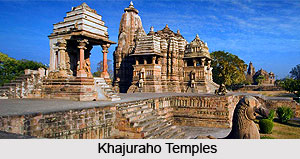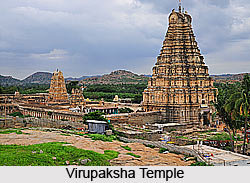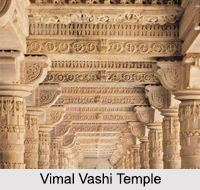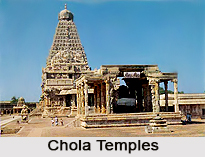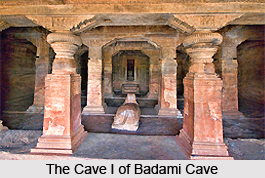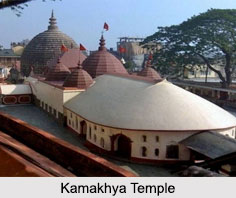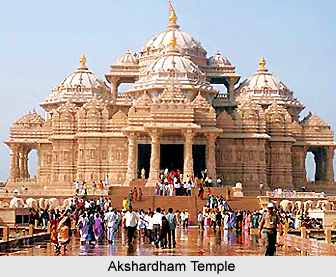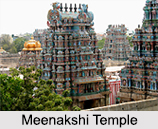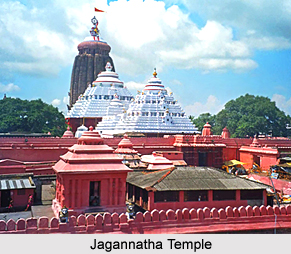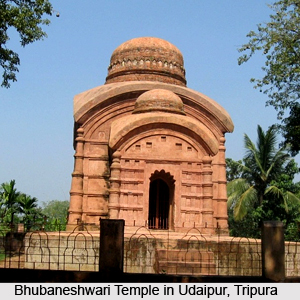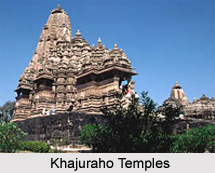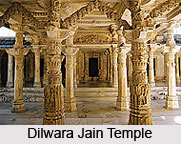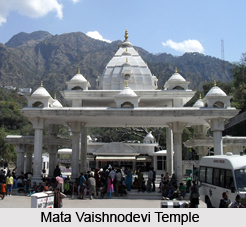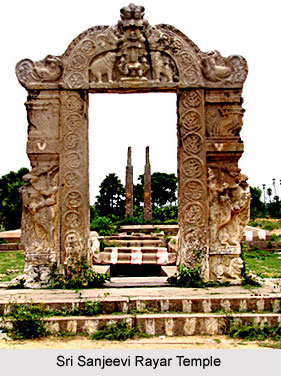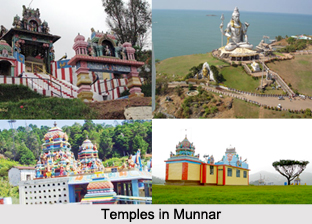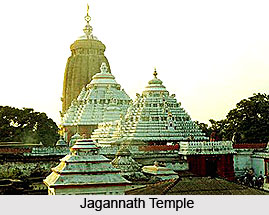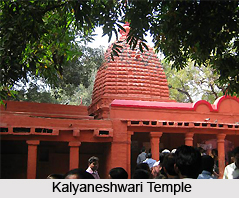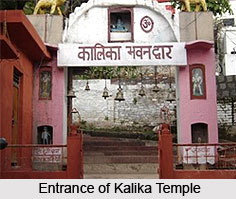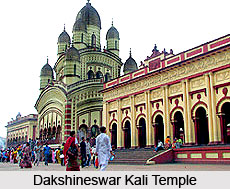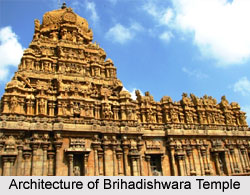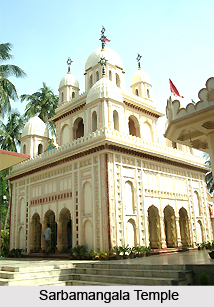 Sarbamangala Temple is an ancient religious institution, located on D.N. Sarkar Road of Bardhaman district. Sarbamangala Temple was constructed in 1702 A.D. by Maharaja Kirtichand and is one of the most popular holy sites for the people of Bardhaman district as well as nearby districts. Mata Sarbamangala is the presiding deity of Sarbamangala Temple and numerous devotees visit the temple to obtain the divine blessings of the Goddess. The idol of the deity in Sarbamangala Temple is very old and is believed to be about 1000 years old. It is a statue of Goddess Durga having 18 hands seated on a Lion made of black granite stone. Many ancient literatures and texts have depicted the existence of Mata Sarbamangala. The 300 years old Sarbamangala Temple is the first Nabaratna temple of undivided Bengal built with nine spires.
Sarbamangala Temple is an ancient religious institution, located on D.N. Sarkar Road of Bardhaman district. Sarbamangala Temple was constructed in 1702 A.D. by Maharaja Kirtichand and is one of the most popular holy sites for the people of Bardhaman district as well as nearby districts. Mata Sarbamangala is the presiding deity of Sarbamangala Temple and numerous devotees visit the temple to obtain the divine blessings of the Goddess. The idol of the deity in Sarbamangala Temple is very old and is believed to be about 1000 years old. It is a statue of Goddess Durga having 18 hands seated on a Lion made of black granite stone. Many ancient literatures and texts have depicted the existence of Mata Sarbamangala. The 300 years old Sarbamangala Temple is the first Nabaratna temple of undivided Bengal built with nine spires.
Mythological evidence found in the ancient scrolls and the paintings says that the idol of the Goddess in Sarbamangala temple suddenly appeared inside a lime kiln and was discovered by lime-makers which the Maharaja ordered to place in a suitable site. The deity in Sarbamangala Temple was then installed on a mound along the bank of Banka River, which is a tributary of Damodar River. Thereafter, a temple with nine beautifully embellished spires was built. Sarbamangala Temple is in fact two storied having horizontal cornices which is an example of rare architecture. The temple faces the south direction that overlooks the Banka River. The exquisite temple architecture of Sarbamangala Temple exhibits an amalgamation of Terracotta style and traditional Bengali style of art and architecture.
After Zamindari had been abolished after the independence of India, Sir Uday Chand Mahatab, the then Maharaja of Bardhaman, formed a trust in 1959 and handed over the deity to the Trust Board. The maintenance of the deity in Sarbamangala Temple and the rituals of Sarbamangala Temple are managed by the Trust Board, since then. The important festivals celebrated in the temple are Bengali New Years day, Bipadtarini Brata, Baisakhi, Kali Puja, Saradiya Durgotsov, Mahashivratri and Nabanna. Sarbamangala Temple has archaeological and historical significance, attracted by the local and national tourists.
